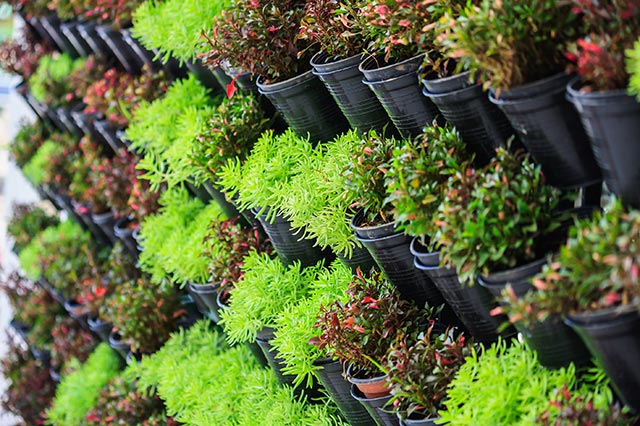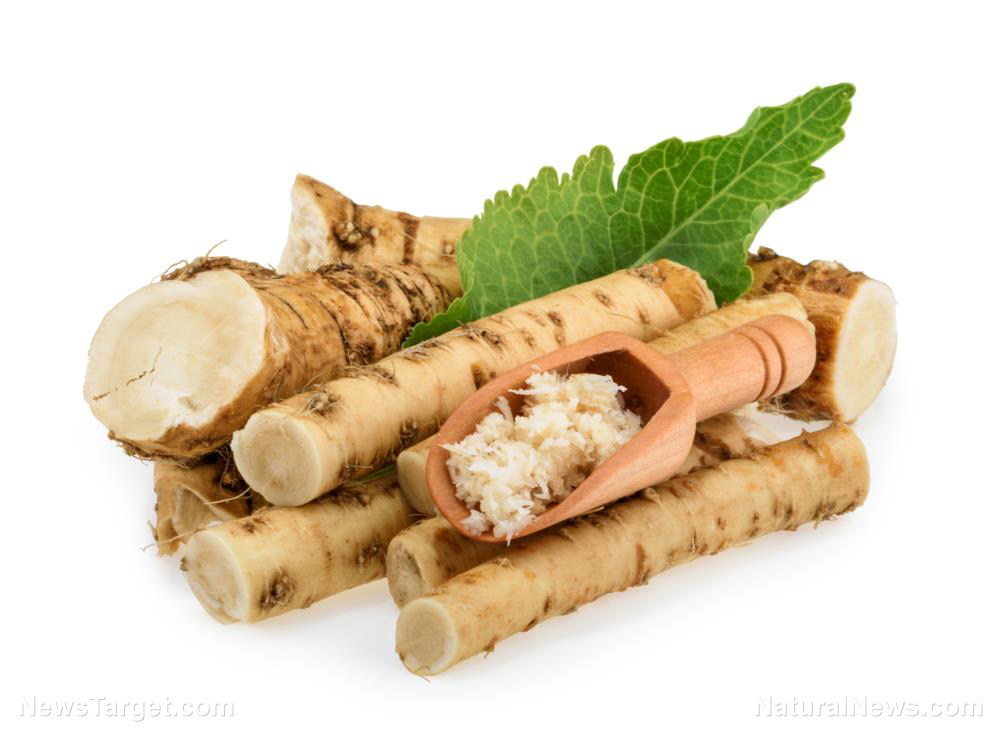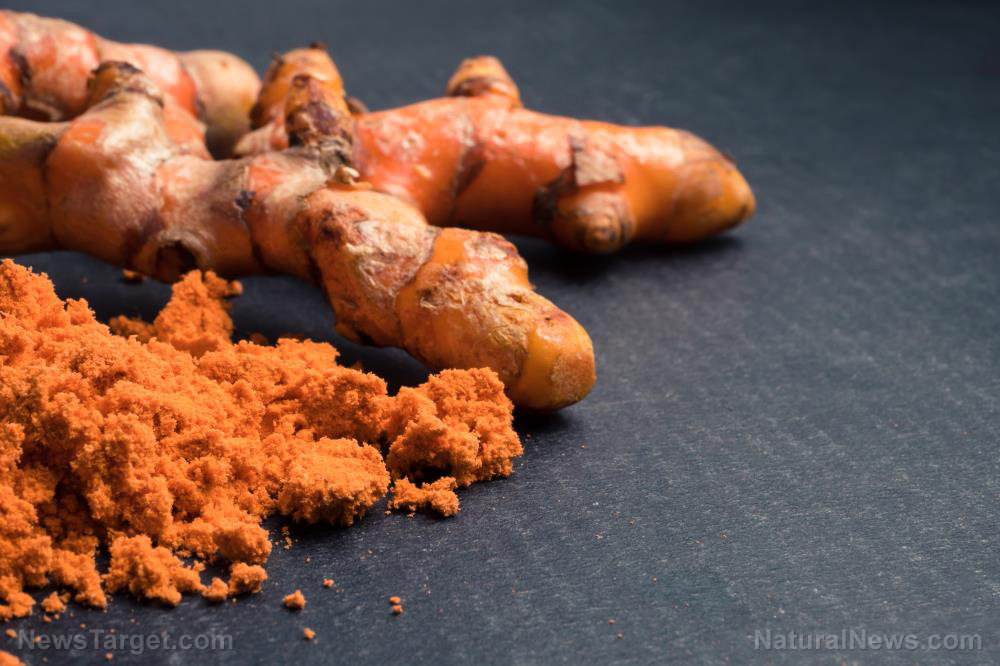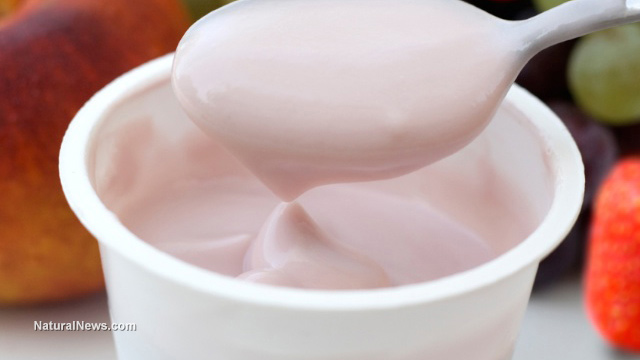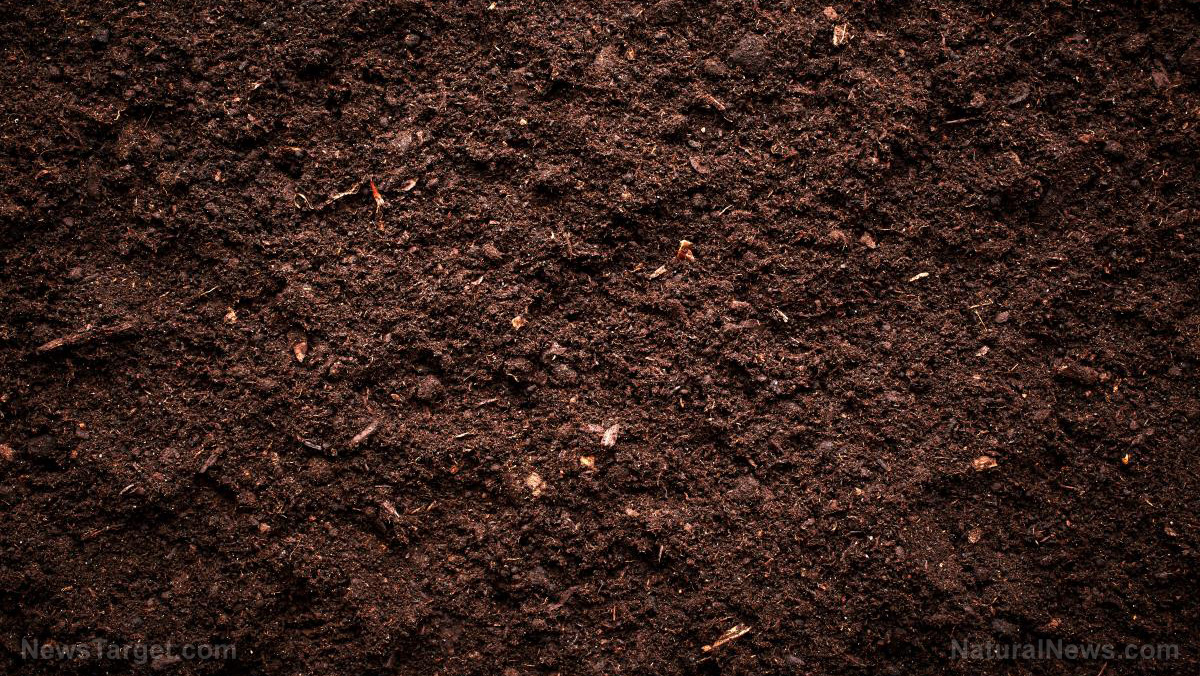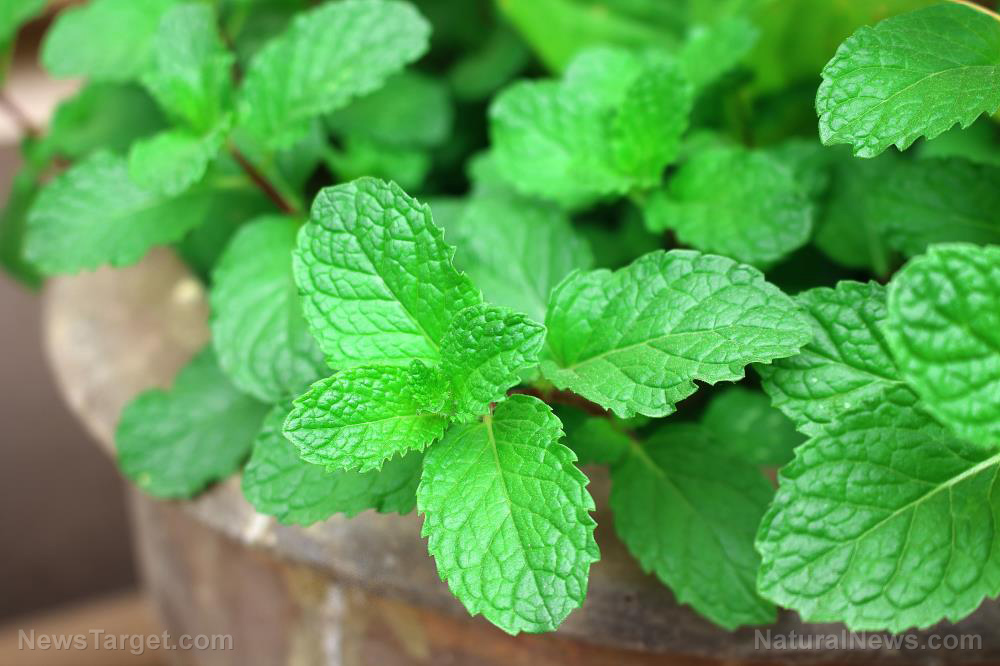The nematicidal potential of pomegranate extracts vs. root-knot nematode Meloidogyne javanica on tomato
10/09/2018 / By RJ Jhonson

Meloidogyne javanica, also known as the sugarcane eelworm, is one of several root-knot nematode species and is a pest to tomatoes, among other plants. In a study that was published in the journal Archives of Phytopathology and Plant Protection, researchers evaluated the ability of pomegranate (Punica granatum L. var. Gabsi) peel extracts to control M. javanica in tomato plants.
- The researchers treated M. javanica eggs and juveniles with varying concentrations of methanolic, ethanolic, and aqueous extracts from pomegranate peels.
- All the extracts (methanolic, ethanolic, and aqueous extracts) successfully prevented more than 75 percent of the nematode eggs from hatching, but the ethanolic extract lacked the ability to significantly inhibit the viability of second-stage juveniles.
- In greenhouse trials, they also tested the effects of applying pomegranate peel aqueous extract at concentrations of 10, 25, and 50 percent on tomato plants. In the same trial, they also tested the effects of adding pomegranate peel powder at concentrations of 3, 6, and 9 grams as a soil amendment.
- Both the pomegranate peel aqueous extract and powder caused significant reductions in nematode infestation. The aqueous extract even enhanced the growth of the plants. The pomegranate peel powder, however, showed phytotoxic effects against the plants.
The researchers concluded that the different extracts of pomegranate peel could successfully reduce the number of galls and egg masses, as well as the nematodes’ rate of reproduction.
Learn how to naturally ward off pests from your plants at HomeGardeningNews.com.
Journal Reference:
Regaieg H, Bouajila M, Hajji L, Larayadh A, Chiheni N, Guessmi-Mzoughi I, Horrigue-Raouani N. EVALUATION OF POMEGRANATE (PUNICA GRANATUM L. VAR. GABSI) PEEL EXTRACT FOR CONTROL OF ROOT-KNOT NEMATODE MELOIDOGYNE JAVANICA ON TOMATO. Archives of Phytopathology and Plant Protection. 03 November 2017;50(17-18):839–849. DOI: 10.1080/03235408.2017.1396721
Tagged Under: Meloidogyne javanica, natural pesticide, plant pests, pomegranate peel, Punica granatum, root-knot nematode, sugarcane eelworm, tomato pest, tomatoes


